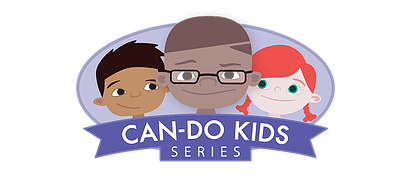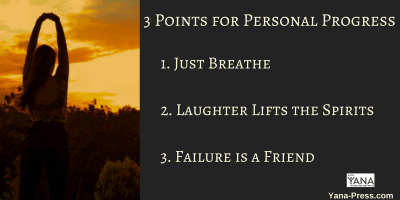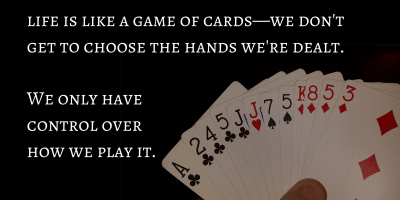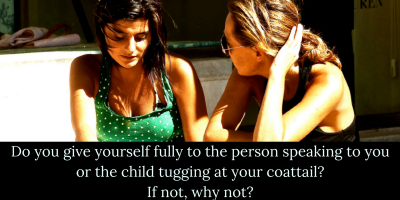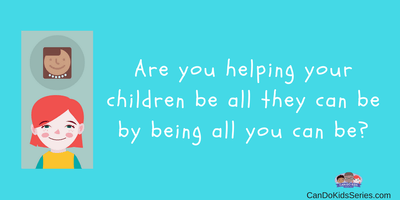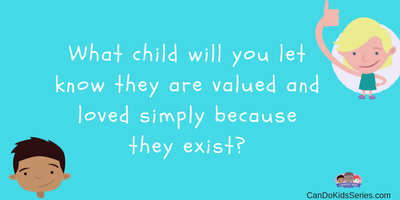Life Storms are Going to Happen
- By Kayla J.W. Marnach
- •
- 29 Nov, 2018
- •
Being prepared helps you weather your life storms

I don’t know about you, but I just love watching a storm roll in. As it makes its way across the canyon toward me, I feel the pounding power of the thunder in my chest as it rumbles forward. The wind whips my hair across my face and with a laugh I brush it back with my fingers. Goosebumps skittle across my arms and legs as the temperature drops. I watch as the crackling lightning bolts streak toward the ground or race across the sky, blinding me with awe. What an unbridled symphony of power. It is thrilling!
It’s not the same feeling when a child is creating a storm in my life. When I try to control it, it’s like trying to grab the wind and wrestle it into submission. I feel the onslaught of their frustrations as thunder as they pound their hands against a table, the floor, or me. Their crackling screams pierce not only my ears but my heart. And there is no laughter as I shake my head, my hair falling into my face, trying to figure out my next move. Their chilly response to my cajoling only freezes me out. Yeah, kid storms are no fun.
But I have found that not only can we survive, but thrive when these storm clouds begin to billow up deep from within them. Just as a weatherman predicts the patterns of the storm, and what course it is likely to follow, I can put into place a plan to stop the storm, or at least mitigate the effects. Yet, just like with nature, storms can be unpredictable, and so can a child’s behavior. I guess as a “weather-mama” my accuracy can also miss the mark. And when that happens, we must hunker down and let it run its course.
Three tips to help you through a kid storm:
1. Look for weather patterns. By knowing what causes difficulty for a child, you can head off potential problems by preparing the child with what is going to happen. Then you can work together to brain “storm” options to lessen the effects.
2. Be prepared. Just like you need to have an umbrella and galoshes for those rainy times, having a survival packet with you that contains a bottle of water, a protein snack, chewing gum, a fidget toy, and other small toys, empowers the child to self-regulate.
3. Choose your view. You can either attempt to run from the storm (deny it’s going to happen), be defiant in the face of it (make unreasonable demands of the child thereby creating more dysregulation), or embrace it, knowing that afterward a rainbow will come (love the child through it).
Once the storm is over, ask the child leading questions. Ask what you can do to help, and what could be done differently next time. Then always, always celebrate small victories. A little praise goes a long way. Acknowledging how difficult some situations are validates the child’s efforts. And remember, when the storm is over—it’s over!
So how do you handle your child’s storms? How can you help turn the storms in life into an adventure of self-regulation?
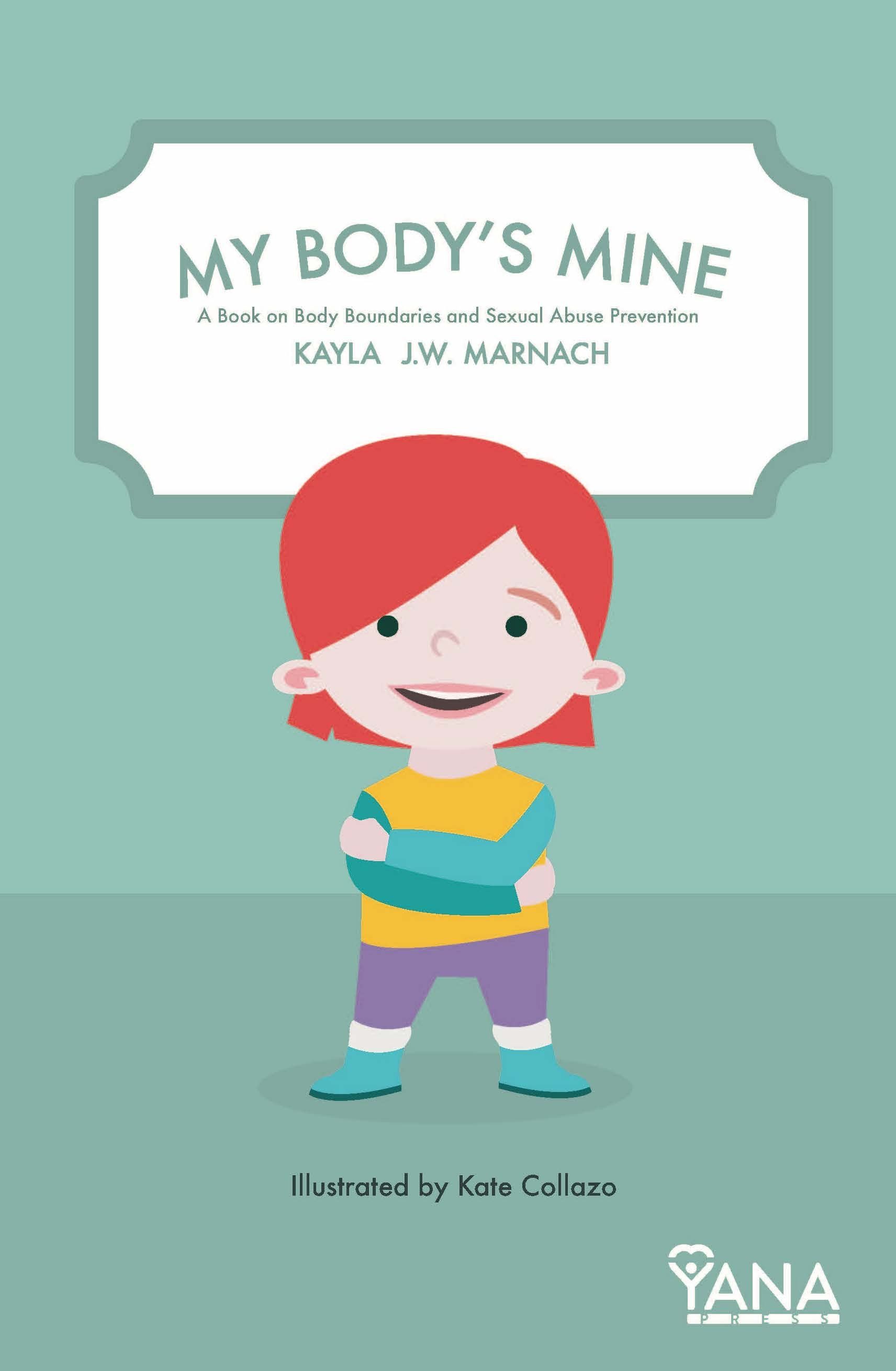
Because abuse has no boundaries, nothing is more important than protecting our children. As many as 93% of the victims under the age of 18 know the abuser. Because there is no “typical” abuser, it can happen to any child in any circumstance at any time. It happens to children of the elite and well-educated, as well as the latch-key kids of struggling parents. It can happen at daycare, a friend’s home, or even under our own roof. It occurs in the exclusive neighborhoods, as well as in middle-class areas, and poverty districts. If you think it doesn’t happen in your area, then you are leaving your child vulnerable to become the next victim.
Yet, even when we do what we believe is right, our child can still be abused either mentally, physically , or emotionally. Sometimes we fail, not because we didn’t try, but because we didn’t know any better, are uninformed, or choose to avoid the topic because it’s not easy to talk about. We don’t know how to make the discussion of body boundaries a part of our daily conversation or how to take advantage of teachable moments.
That naivety and avoidance must stop…today.
As parents and caregivers, it is our responsibility—one we must never shirk—to educate ourselves on how to communicate with our children about body boundaries and what to do if abuse is threatened or occurs. When abuse is discovered, we must not shut down in shame, fear, or anger. We can’t go back and undo the event, so we must learn and move forward with greater awareness and armed with tools to prevent reoccurrence. We must be willing to provide whatever our child requires to equip them to understand, accept, and learn they are not to blame for what happened.
Today is the day to make a difference in your child’s life or a child in your care. By your commitment to protect, educate, and empower each child, you are providing a priceless treasure.
Sign up and receive a free 5-Point Plan to talk to your child about body boundaries.


